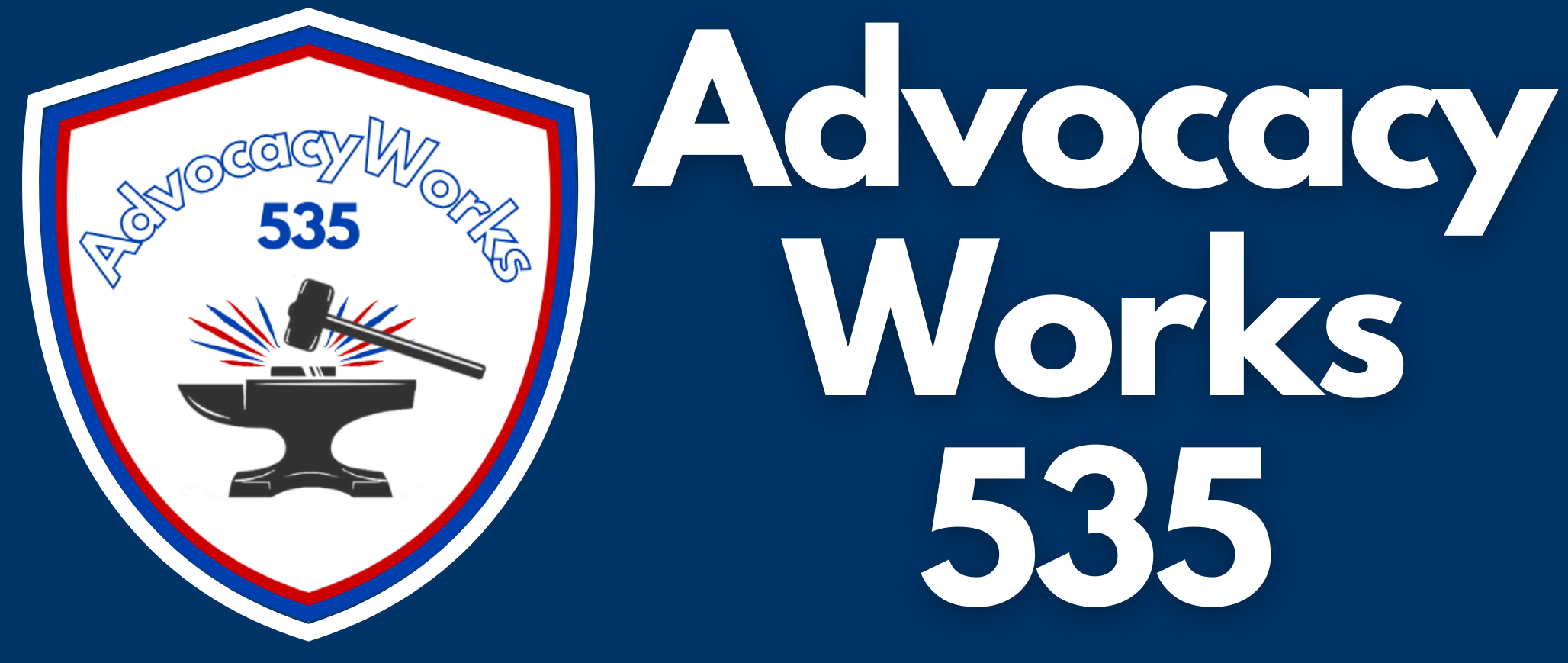It’s no surprise that a recent survey found that the majority of trade associations feel advocacy is an extremely or very important priority. What IS surprising is that the majority of respondents also believe their organization executes advocacy efforts very well. In examining CMF’s research with congressional staff on THEIR perceptions of advocacy, there is clearly a disconnect between the two sides of these public policy efforts. But here’s a way to verify whether YOUR organization is truly effective. #advocacymatters
Many associations, nonprofits and companies are headquartered or have offices in Washington, DC because they recognize that federal policymakers have the potential to seriously affect their members' lives. So it's no surprise that a recent survey of C-suite leaders of more than 100 trade associations finds that 81% of those responding feel advocacy is an extremely or very important priority.
Also not surprising, BUT IT SHOULD BE, is that 74% of respondents also believe their organizations execute their advocacy efforts very well.
The hard truth is that congressional staff (one of the intended audiences of this advocacy) do not share this view. When the Congressional Management Foundation asked professional advocates about their "primary advocacy strategies," 9 out of 10 identified mass email campaigns. Yet CMF research finds that only 3% of congressional staff believe that mass email campaigns have "a lot of influence." Furthermore, another researcher found that fewer than half of Members of Congress actually see the reports about the emails their offices receive.
So what explains this perception gap, in which the majority of association leaders believe their advocacy efforts are very effective while the majority of congressional staff indicate that advocacy organizations could improve their advocacy? Advocacy groups commonly rely on measures of tactical success to demonstrate advocacy groups’ influence on public policy. This common practice significantly contributes to the perception gap noted above.
One prominent advocacy professional recently described how one association's leaders celebrate measures of tactical success.
"Last year, we increased the number of messages sent to Congress by 40%. That's the number my VP likes; the number my VP talks to the CEO about; the number my VP talks to the staff about; and the number my VP celebrates when talking to our members." Grassroots Advocacy Professional
To be fair, today's emphasis on measuring success puts professional advocates in a bit of a pickle. Sure, getting bills passed would be an ideal outcome to use as a strategic metric if the legislative process was swifter and more predictable. Unfortunately, the legislative process too often resembles the game, Chutes & Ladders. Unlucky breaks, totally out of the most-skilled advocates' control, can easily send high-probability bills back to Square One.
As a result, most advocacy professionals turn to tactics that are easily quantified and measured, like email campaigns, to show a return on their members' investment/dues. True, congressional offices somewhat consider mail volume as an indicator of their constituents' views. Still – the hard truth is that increasing the number of messages sent to Congress only shows improvement at spamming Congress. That's not proof of positive influence.
Advocacy professionals – here is your challenge and an offer from CMF!
The good news is that there's a way to determine whether advocacy campaigns work.
Here's how
Step 1: Select 3-5 recent advocacy campaigns that included specific asks (like requesting that Members co-sponsor legislation or sign onto Dear Colleague letters). Also look for campaigns with good open rates, action rates and a high number of emails sent to Congress
Step 2: Look only at the Members of Congress who received messages as a result of those campaigns. Then calculate how many and what portion of those Members actually took the action requested.
Step 3: Contact me with with your results and methodology and we'll schedule a consultation to explore how your advocacy efforts could be improved.
Better Advocacy Can Lead to a Better Democracy
We're fortunate to live in a nation that guarantees our right "to petition the Government for a redress of grievances." While more people are exercising that right, most are using tactics and strategies that have little influence, and even perpetuate a cynical perception of our right to petition government for a redress of grievances.
By encouraging your supporters to engage in relationship-building advocacy strategies, your efforts will not only increase your influence, but they will contribute to a stronger democracy.
** This article, written by Seth Turner, was originally posted on the Congressional Management Foundation's website on June 24, 2021. For more information about CMF, go to www.congressfoundation.org.


